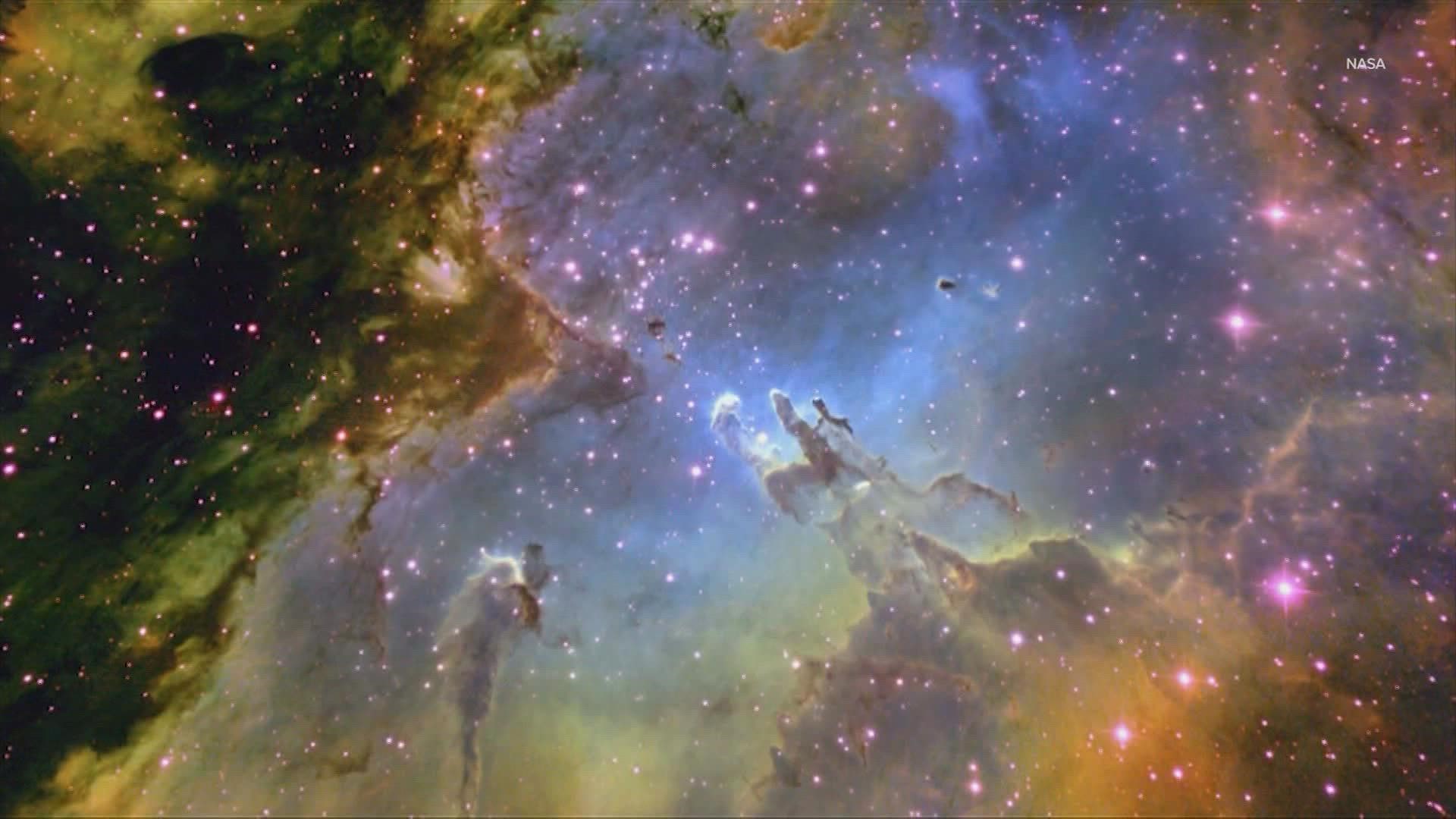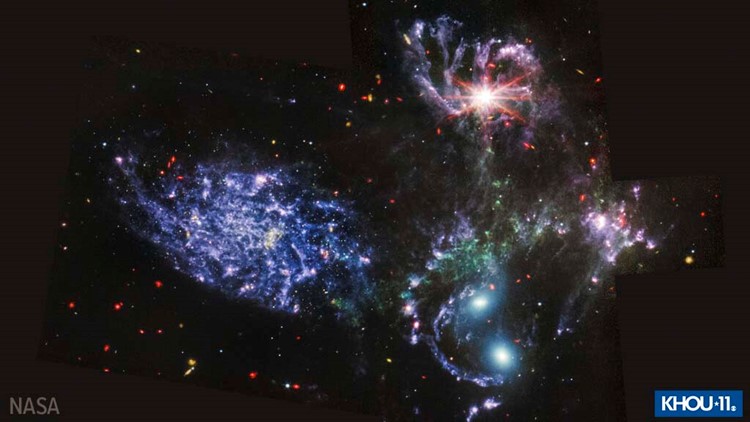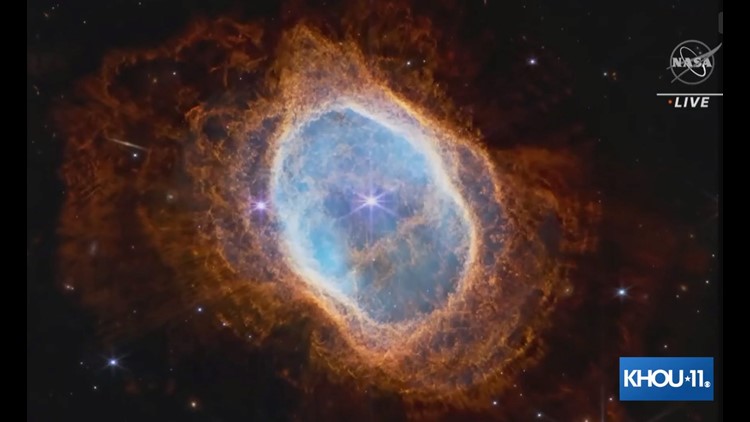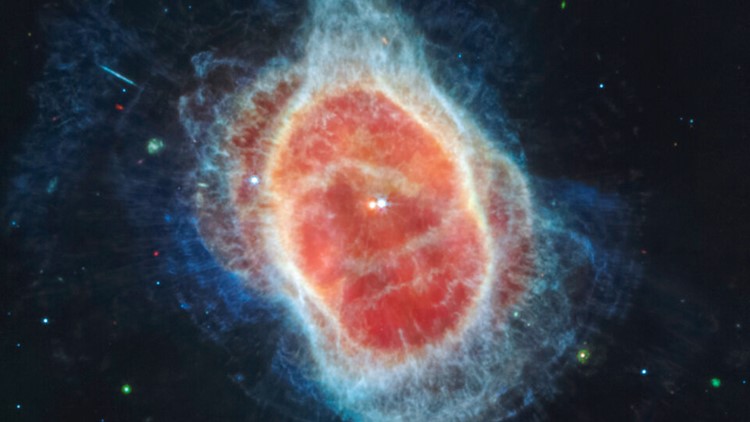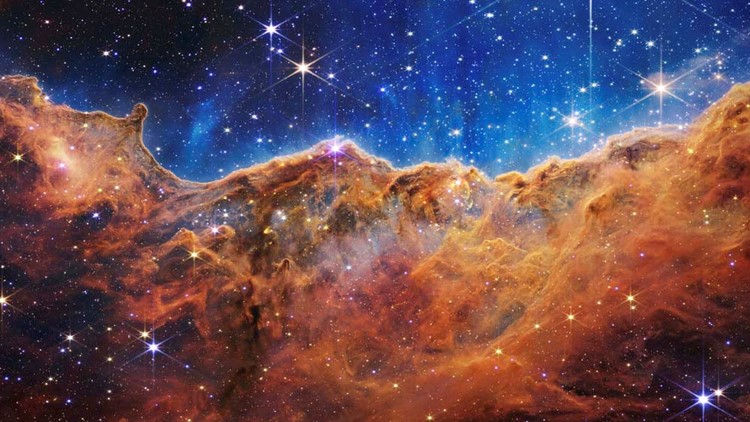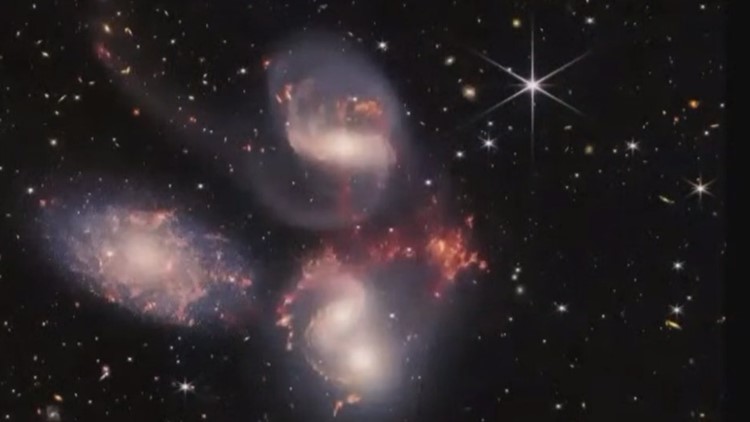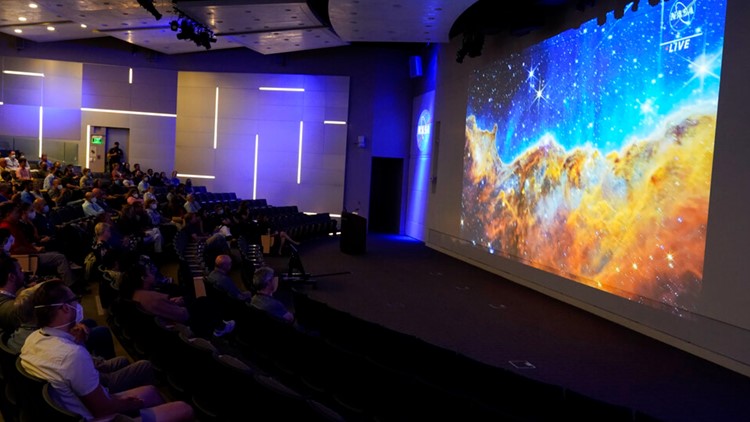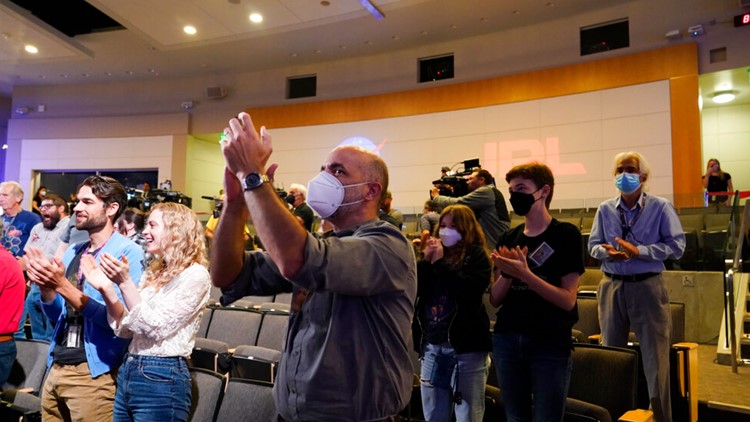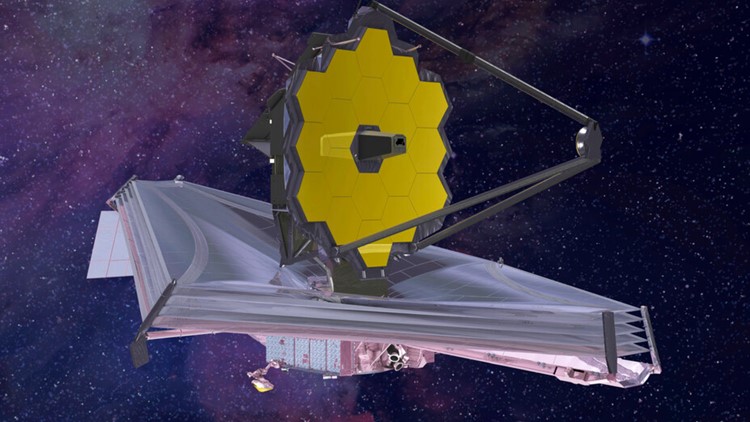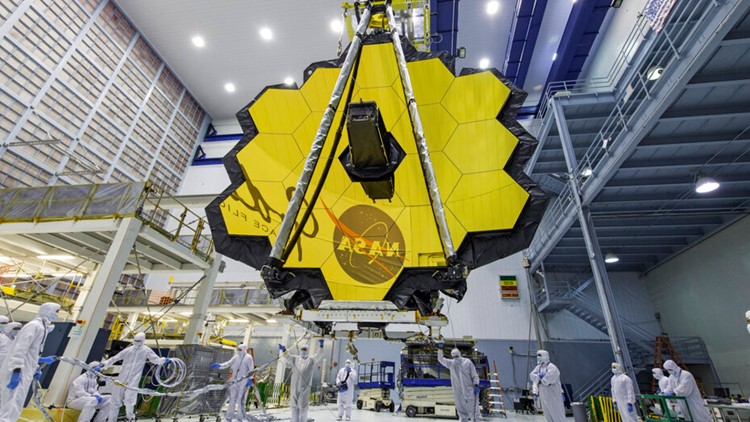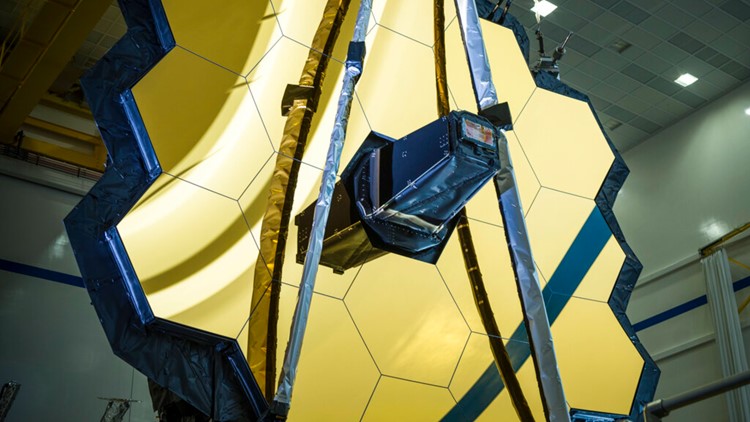HOUSTON, Texas — Experts say stunning images taken by the James Webb Space Telescope will re-write textbooks in astronomy, planetary science and other fields.
A Houston-area native is part of the team behind the mission that was decades in the making.
Dr. Stefanie Milam credits childhood visits to NASA’s Johnson Space Center with helping to plant the seeds of planetary exploration.
“I was part of the initial team to review the images before they were released,” said Milam who's the JWST deputy project scientist for planetary science.
She’s talking about images unveiled by NASA in two batches over two days showing galaxies, stars and other celestial bodies from far, far away.
"It was emotional, it brought me to tears,” said Milam about seeing the images.
Milam’s come a long way from Conroe ISD’s Oak Ridge High from where she went off to college, earned a doctorate and eventually joined NASA.
She’s among an estimated 20,000 people from all over the world who’ve worked on the $10 billion telescope since its inception.
"We’ve worked so hard day in and day out to this point," said Milam. "And we’re finally there and it is beyond anything I can describe.”
Milam said the gloriously-detailed and information-packed images will offer new insight into planetary life but also practical applications thanks to the innovation used to get them.
"And this is just the blink of an eye with what the James Webb Space Telescope will be doing,” Milam explained.
NASA James Webb telescope
"We would spend months round the clock with the payload in giant vacuum chambers with the hardware cooled down to 40 degrees above absolute zero," said Randy Kimble, a NASA scientist working on the Webb Program.
That specific testing Kimble is talking about happened in Houston at the Johnson Space Center in 2017. JWST was inside Chamber A for more than 100 days.
"We tested straight through Hurricane Harvey," said Kimble. "Fortunately, we were still able to get on center even though the main gate was underwater."
Through it all, more than 20,000 people from 29 states and 14 countries developed a powerful telescope that can now peer into the dawn of the universe.

